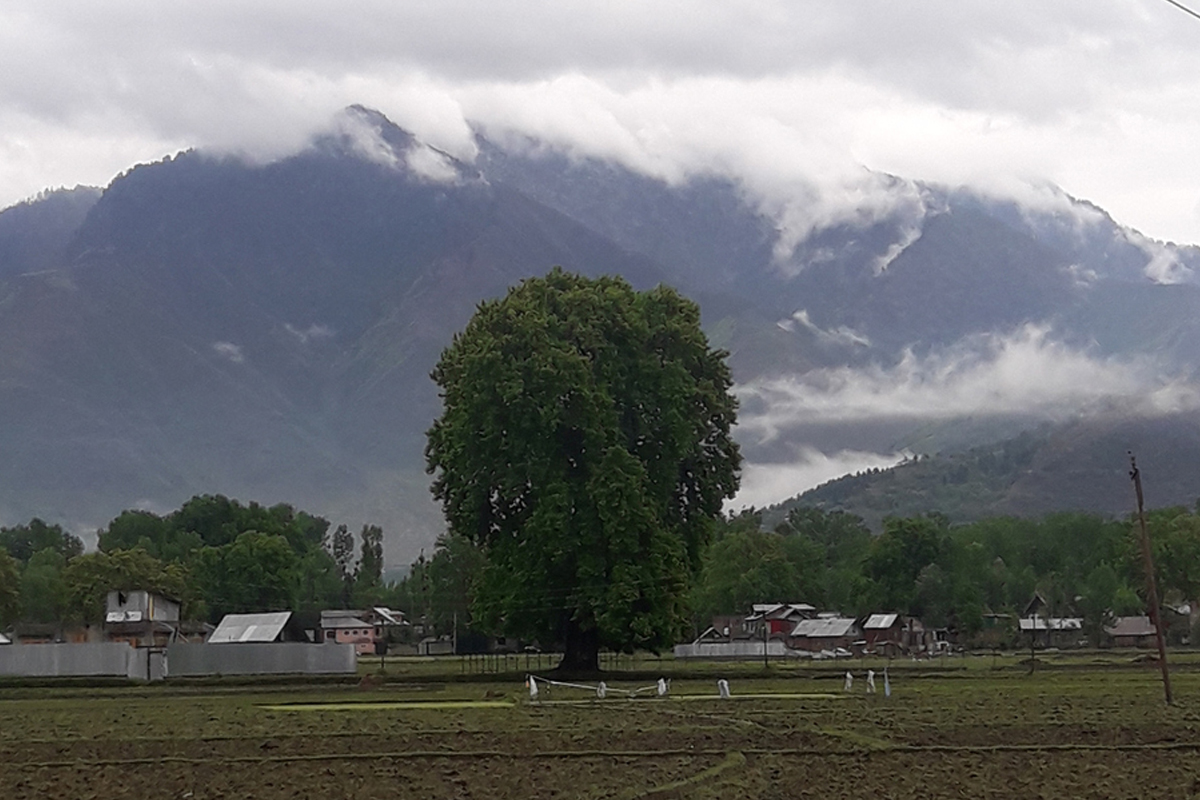The study, published recently in the journal Nature Communications, discovers that higher carbon dioxide levels in the atmosphere have boosted the wood volume – or biomass – of forests in the United States. Although other factors such as climate and pests can have an impact on a tree’s volume, the study discovered that increased carbon levels consistently resulted in an increase in wood volume in 10 different temperate forest groups across the country. This shows that trees’ rapid growth is helping to protect the Earth’s ecology from the effects of global warming.
“Forests remove carbon from the atmosphere at a rate that is roughly 13% of our total emissions,” said Brent Sohngen, co-author of the study and professor of environmental and resource economics at The Ohio State University. “While we emit billions of tonnes of carbon dioxide into the atmosphere, we remove a large portion of it simply by allowing our woods to thrive.”
This is known as carbon fertilisation: an increase in the rate of photosynthesis, which combines energy from the sun, water, and nutrients from the ground and air to make fuel for life and stimulate plant development.
“It’s well known that when you put a ton of carbon dioxide in the atmosphere, it doesn’t stay up there forever,” Sohngen said. “A massive amount of it falls into the oceans, while the rest of it is taken up by trees and wetlands and those kinds of areas.”
Over the previous two decades, forests in the United States have absorbed approximately 700-800 million tonnes of carbon dioxide every year, accounting for roughly 10% to 11% of the country’s total carbon dioxide emissions, according to the study. While high amounts of carbon dioxide can harm natural systems and infrastructure, trees have no problem gorging themselves on Earth’s extra supply of greenhouse gas.
To put it another way, if you envision a tree as a big cylinder, the extra volume discovered by the study equals one extra tree ring. Sohngen explained. Although such growth may not be visible to the average person, compared to trees 30 years ago, present vegetation is around 20% to 30% larger than it used to be. When applied to the Coast Redwood forests, which are home to some of the world’s largest trees, even a small percentage increase equals a significant boost in forest carbon storage.
Due to high carbon dioxide levels, researchers discovered that even elderly giant trees continue to add biomass as they mature.
Unlike the impacts of climate change, which vary by location and time, the amount of carbon dioxide in the atmosphere mixes relatively uniformly, so every region on Earth has approximately the same amount, according to Sohngen.
Sohngen’s team used historical data from the US Forest Service Forest Inventory and Analysis Program (USFS-FIA) to analyse how the wood volume of various forest groups has evolved over the last few decades to assess whether the chemical compound was responsible for beefing up our biome. According to the study, there was a considerable increase in tree wood volume between 1970 and 2015, which correlates with a significant increase in carbon emissions.
Researchers were also able to use this procedure to see if there were any changes between naturally occurring and cultivated trees. Sohngen predicted that planted trees would have a greater fertilising effect since planters generally select the best seeds to put in just the best areas. He was shocked, on the contrary, to discover that planted trees respond to carbon dioxide levels in the same way that natural trees do.
Overall, Sohngen claims that this research demonstrates that the wood volume response to carbon dioxide in our ecosystem is significantly more than his colleagues predicted using experimental experiments.
The findings should demonstrate to policymakers and others the importance of trees in climate change mitigation. Sohngen believes that carbon fertiliser could one day improve the efficiency of tree-growing operations. For example, if it costs $50 to plant one acre of trees now, carbon fertilisation might potentially reduce that cost to $40. Given that climate change costs the United States roughly $2 trillion per year, Sohngen believes that the cost of mitigating climate change could be reduced.
“Carbon fertilization certainly makes it cheaper to plant trees, avoid deforestation, or do other activities related to trying to enhance the carbon sink in forests,” Sohngen said. “We should be planting more trees and preserving older ones because at the end of the day they’re probably our best bet for mitigating climate change.”












